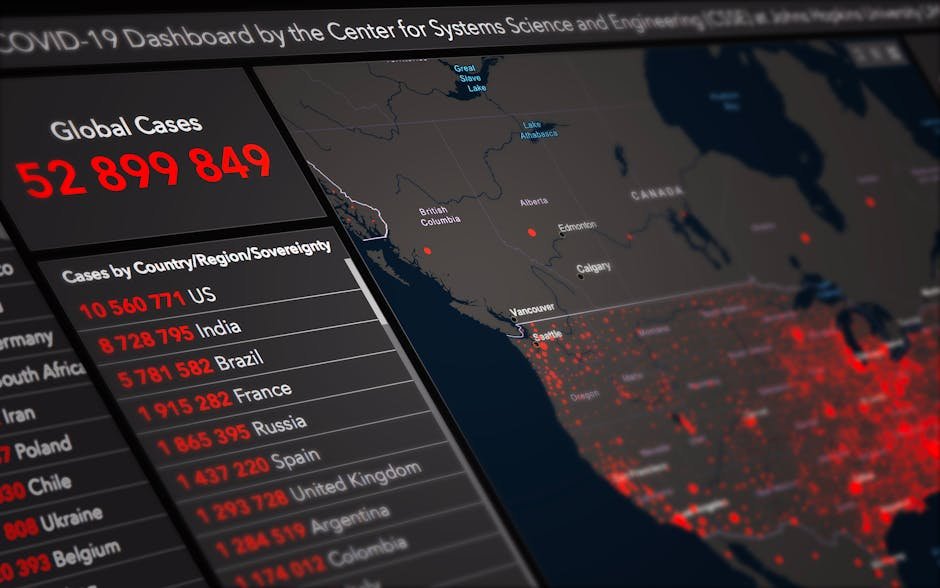Italy’s Digital Nomad Visa Program: A 2025 Assessment
Italy launched its much-anticipated digital nomad visa in 2025, aiming to attract a global workforce and boost its economy. Early data suggests a significant influx of applicants, but the long-term impact remains to be seen. This article analyzes the program’s performance in 2025, examining its successes, challenges, and potential future implications for Italy and other nations considering similar initiatives.
Program Uptake and Applicant Demographics
As of late 2025, the Italian digital nomad visa program has received over 15,000 applications. The majority of applicants are from North America and Western Europe, reflecting existing travel patterns and established digital infrastructure in these regions. A significant portion comes from the tech sector, aligning with the program’s goal of attracting high-skilled individuals. However, detailed demographic data released by the Italian government is limited at this time, hindering a comprehensive analysis of the program’s success in diversifying its applicant pool.
Challenges in Data Acquisition
Securing precise data on visa approvals, rejections, and applicant origin has proven difficult. The Italian government’s online portal for application tracking lacks transparency. Further investigation is needed to ascertain whether this is a temporary issue or a systemic problem impacting long-term evaluation. Accessing specific data regarding applicant income and employment types remains a challenge, impeding a thorough assessment of the program’s economic effects.
Economic Impact: Preliminary Analysis
Initial economic assessments suggest a positive, albeit modest, impact on the Italian economy in 2025. Digital nomads contribute to local businesses through increased spending on accommodation, food, and services. This injection of capital directly benefits local businesses and potentially supports job creation in related sectors. However, quantifying this impact precisely is challenging due to a lack of comprehensive data tracking nomad spending patterns across various regions. The true extent of the economic effect may only become apparent within several years.
Regional Disparities and Infrastructure Needs
The geographical distribution of digital nomads in Italy is uneven. Popular destinations like Rome, Florence, and Milan are attracting the bulk of applicants, potentially straining local infrastructure and resources. Areas with less established digital infrastructure or limited accommodation options have seen considerably fewer arrivals. This disparity highlights the need for targeted investments in infrastructure and digital connectivity in less-developed regions to ensure the program’s benefits are shared more equitably.
Infrastructure Gaps and Future Investments
- Insufficient high-speed internet access in many rural areas.
- Limited co-working spaces outside major cities.
- A need for improved public transport in some regions.
- Potential strain on local housing markets in already-popular tourist destinations.
Program’s Challenges and Future Adaptations
Despite its early success, the Italian digital nomad visa program faces challenges. The complexity of the application process is a recurring concern, requiring streamlining for improved efficiency. Furthermore, the program’s long-term sustainability hinges on addressing the uneven distribution of digital nomads and proactively investing in digital infrastructure across the country. A lack of clear data collection and analysis hinders accurate evaluation of the program’s impact.
Recommendations for Improvement
- Streamline the visa application process to reduce bureaucratic hurdles.
- Improve data collection to enable more precise economic impact assessments.
- Invest in digital infrastructure, especially in less developed regions.
- Promote the program internationally through targeted marketing campaigns.
- Establish better collaboration with local communities to address potential strain on infrastructure and resources.
International Comparisons and Future Trends
Italy’s digital nomad visa program is part of a broader global trend. Many countries are implementing similar initiatives to attract skilled workers and boost their economies. The success of these programs will depend on factors such as the ease of application, the quality of the digital infrastructure, and the overall attractiveness of the destination. Italy’s experience offers valuable lessons for other nations considering similar ventures. Comparing Italy’s program to other successful initiatives like those in Portugal or Greece can help refine future iterations.
Long-Term Implications for Italy and Other Nations
The long-term success of the Italian digital nomad visa will largely depend on its ability to attract and retain high-skilled workers while equitably distributing its benefits across the country. Furthermore, careful monitoring and evaluation of the program’s impact are vital for continued success. Other countries considering similar programs should prioritize these key factors. The Italian experience showcases both the potential opportunities and significant challenges involved in attracting remote workers.
Conclusion: A Work in Progress
In conclusion, Italy’s digital nomad visa program, launched in 2025, shows potential but is still in its early stages. While initial data suggests a positive economic impact, significant challenges remain. Addressing these issues, particularly improving data collection and investing in infrastructure, will be crucial for the long-term success and sustainability of this initiative, providing valuable lessons for other nations looking to attract a global workforce. The program’s effectiveness will be better understood with more comprehensive data and long-term observation.







